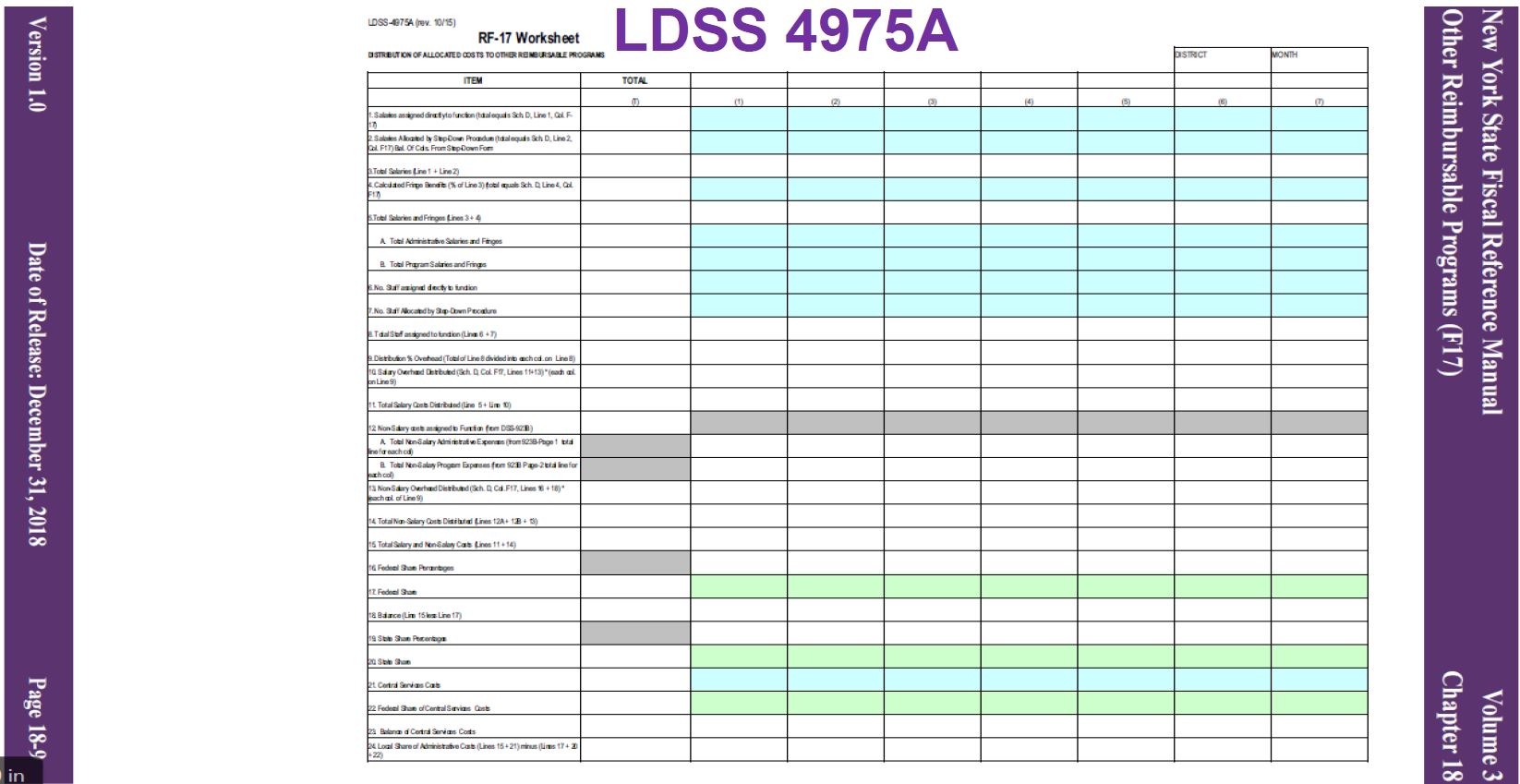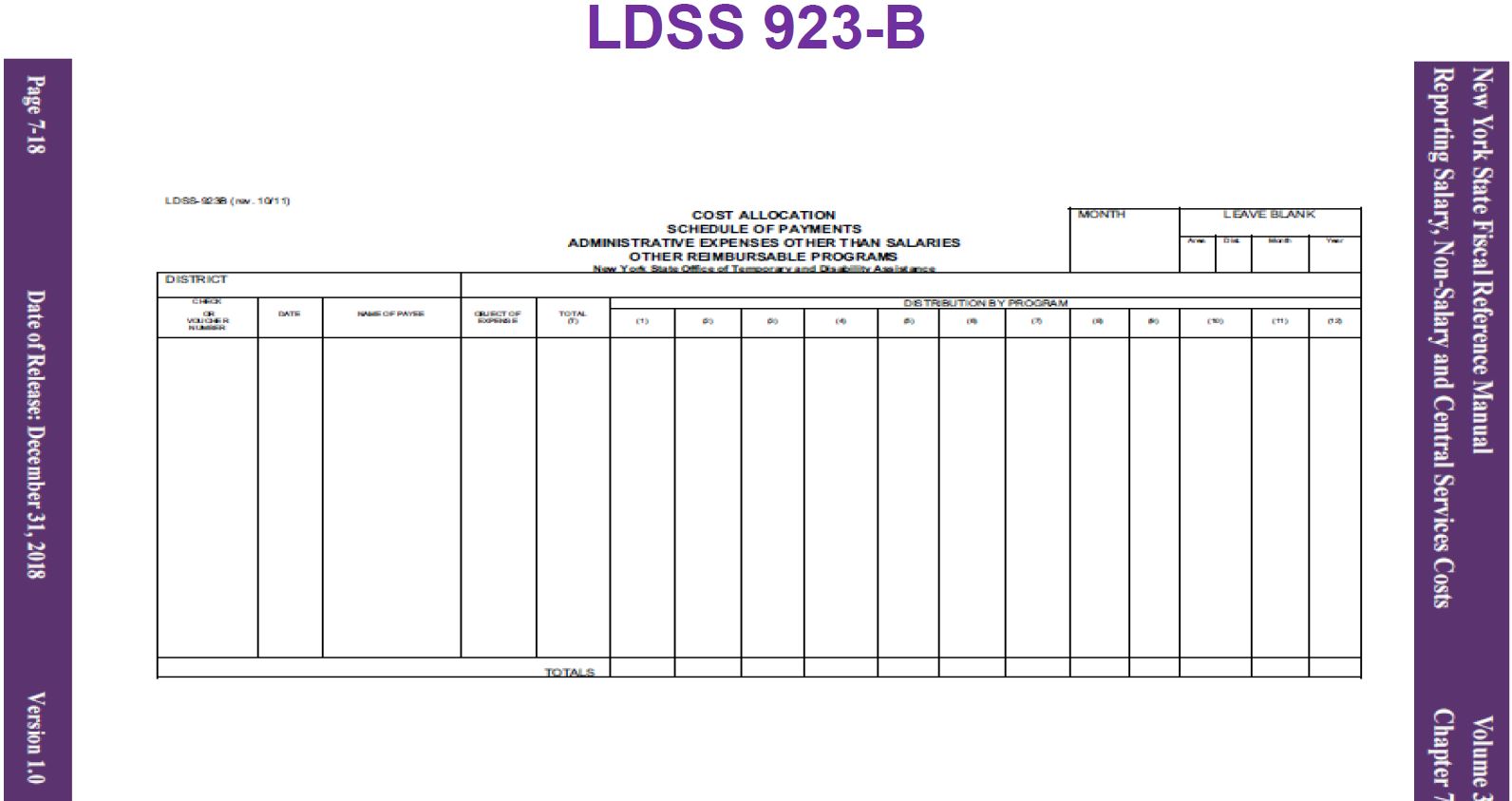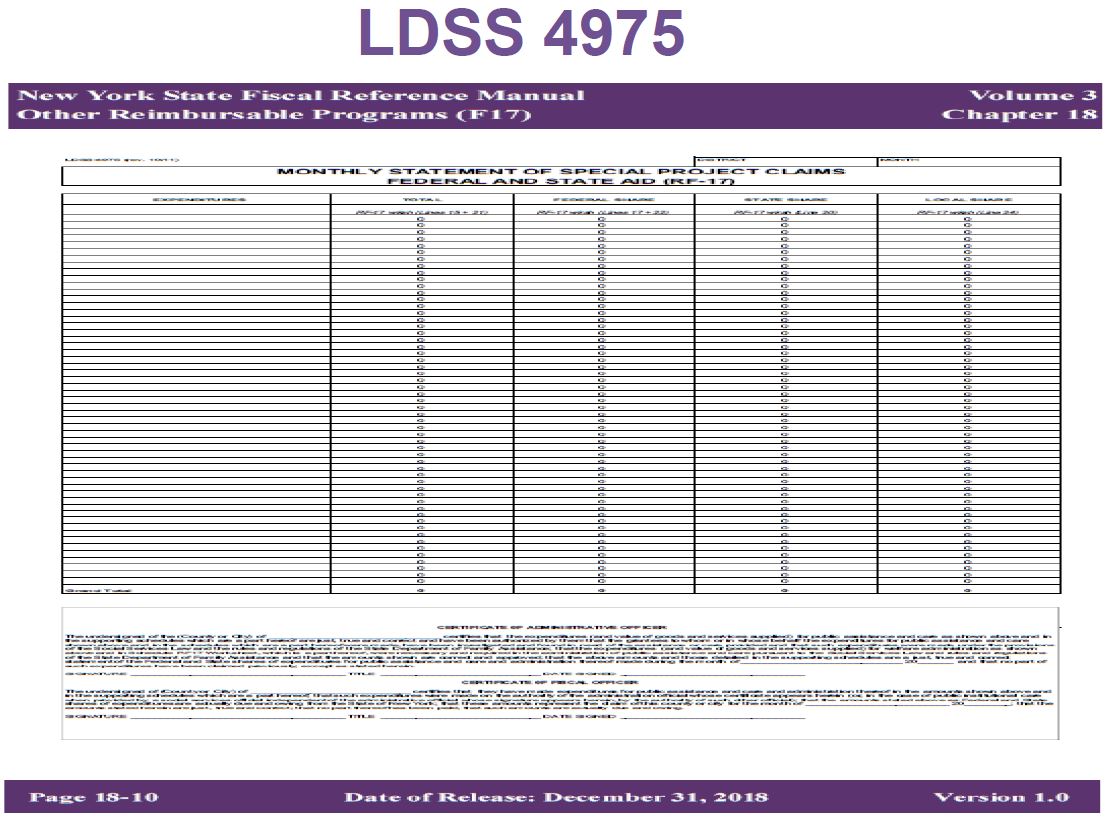Authorizing and Paying for E-Mod, V-Mod and AT
LDSS Webinar
Introducing Special Project Vouchering 3/27/19
March 27, 2019
-
Webinar also available in Portable Document Format (PDF)
Case Study for Authorizing E–Mods
- EXAMPLE: An existing participant in the Children´s Waiver transitioned to Health Home Care Management. During his Plan of Care (POC) development, it is determined that he needs modifications to his family home because he has grown too much to be carried around the house by his parents and caregivers.
- His POC indicates a need for an E–Mod to allow him to access the family home and use the toilet and shower now that he uses a wheel chair to get around.
Care/Case Manager Responsibilities
- The Care/Case manager from the Health Home or Independent Entity (C–YES) seeks a clinical justification from the appropriate clinician (e.g., Occupational Therapist, Speech Language Pathologist, clinician from Article 16 or 28 clinic, Physical Therapist, or other licensed professional) and/or service specialist to assess the individual´s need for the requested E–Mod.
- The care/case manager and the individual/family will explore potential payment sources for the identified E–Mod including private insurance, community resources, and other Local/State/Federal programs before a request for Medicaid funding will be considered.
- Following the completion of the clinical justification, the care/case manager must submit the Children´s Waiver Environmental Modification and Vehicle Modification Description and Cost Projection Form requesting the modification to the LDSS for an authorization determination. The care/case manager will include a copy of the clinical justification and the individual´s POC to the LDSS for review. The documentation submitted by the care/case manager must detail the need and intended purpose of the E–Mod to support the request.
Clinician/Evaluator Responsibilities
- The clinician/evaluator conducts an evaluation to determine the most appropriate modification to meet the child´s needs.
- In this case study, the clinician/evaluator determines that installing a lift by the covered front stairs would be the best option for the child to fully access the entryway.
- The clinician/evaluator also determines that removing the bathtub and installing a roll–in shower and accessible toilet will be the most effective option in the bathroom. The door to the bathroom will also need to be modified to make the opening wide enough for the wheelchair to fit through.
- The clinician/evaluator completes the scope of the project detailing each part separately; this will serve as the basis of getting quotes from qualified providers.
LDSS Responsibilities
- The LDSS will issue a Notice of Decision (NOD) to the care/case manager and the individual/family based on their review of the Cost Projection Form and, if necessary, the Prior Authorization Form.
- The evaluator may bill the LDSS for her work and, if the project is approved, include in the price a post–project evaluation to ensure that the work was done appropriately. This will be an invoice, and the price is covered under the modification.
- The LDSS takes the scope of work and contacts the Health Home or C– YES care coordinator to facilitate securing quotes/bids to get the project completed by a qualified, reputable contractor. If the project is $1,000 or less, only one quote is needed. If the project is more than $1,000, three quotes are needed.
- Once the quotes come in, the LDSS reviews them and selects the lowest responsible bid. The LDSS must follow the service authorization guidelines in selecting bids. For instance, only contractor grade materials will be covered.
- If the LDSS is not able to obtain three bids, the LDSS must document its efforts to do so.
- If the lowest bid exceeds the cap ($15,000), the LDSS must fill out a Prior Approval Form and submit it to the DOH, Division of Long Term Care for prior approval to exceed the cap.
- The LDSS notifies the selected provider and ensures that the scope of work, assurances (post–work evaluation) and provider responsibilities are covered in the contract/work/provider agreement.
E–Mod Provider Responsibilities
- Provide a detailed description of the project including estimated material and labor costs;
- Secure and maintain necessary permits;
- Provide detailed expenditures/receipts;
- Ensure compliance with all state and local construction and building codes and ADA requirements;
- Ensure compliance with safety issues in Article 18 of the NY State Uniform Fire Prevention and Building Code;
- Complete necessary inspections;
- Maintain sufficient insurance and bond requirements;
- Secure licensed personnel to complete the required work;
- Determine the beginning and end dates of the project; and
- Ensure the satisfactory completion of the project.
Finalizing E–Mod
- Upon completion of the E–Mod, the provider must submit a Uniform Children´s Waiver Final Cost Form to the LDSS that includes a description of the E–mod completed and the final cost.
- The LDSS or MCO will review the Uniform Children´s Waiver Final Cost Form and, if approved, notify the provider that they may submit a claim for payment. For Medicaid enrolled providers, this will be done through eMedNY. For providers not enrolled in Medicaid, it will be an invoice.
- If applicable, this Form must be filed with the DLTC Special Project Voucher Team to reconcile advanced funds.
Paying for E–Mods, V–Mods and AT
- You asked for it…
- Special Project Voucher Fund (SPVF).
- Eliminates the need for the LDSS to pay for these services up front and be reimbursed later.
- Assures timely and fair service availability.
- Required forms will be simple and assist in reporting and monitoring utilization.
Children´s Waiver Uniform E–Mod/V–Mod Cost Projection Form
- Will cover service authorization (individual/family signature, care/case manager signature and LDSS signature).
- Will also serve as request for SPVF $, where applicable.
- DOH will be able to track utilization at the individual, LDSS and State level.
Children´s Waiver Uniform Final Cost Form
- This form will be required for all projects that are paid for through SVPF advances.
- It will be submitted by the LDSS upon project completion.
- This will be used to reconcile advanced funds.
- OHIP SPVF staff will act as a liaison between the LDSS and OTDA.
SPECIAL PROJECT CLAIMING INSTRUCTIONS FOR CHILDRENS 1915 (c) CONSOLIDATED WAIVER (CCW) 4/1/19–6/30/19
NEW YORK STATE FISCAL REFERENCE MANUAL VOLUME 3
Instructions for Claiming
- CCW must be separately identified and claimed through the RF–17 claim package for special project claiming. The costs must be identified as F17 functional costs and reported in the RF–2A claim package on the Schedule D "DSS Administrative Expenses Allocation and Distribution by Function and Program (LDSS–2347)" in the F17 column. The individual project costs must also be reported under the project label CCW on the LDSS–4975A "RF–17 Worksheet, Distribution of Allocated Costs to Other Reimbursable Programs."
- Program costs must be reported as object of expense 37 – Special Project Program Expense on the LDSS–923B Summary – Program (page 2) "Schedule of Payments for Expenses Other Than Salaries for Other Reimbursable Programs."
- Total project costs, including all costs regardless of state reimbursement, must be reported on the LDSS–4975 "Monthly Statement of Special Project Claims Federal and State Aid (RF–17)." The expenditures reported for CCW will be reimbursed by the State up to the amount of the district´s allocation. The expenditures over the district´s allocation must be reported as Local Share.
- Claims for expenditures of CCW for the period April 1, 2019 through June 30, 2019 must be final accepted in the Automated Claiming System (ACS), (Date–TBD)
- Further instructions for completing the Schedule D and RF–17 claim package can be found in Chapters 7 and 18 respectively of the Fiscal Reference Manual (FRM) Volume 3. The FRMs are available on–line here.
- Any ACS claiming questions should be directed to:
Regions 1–4 – Lauren Horn 518–474–7549, Lauren.Horn@otda.ny.gov
Regions 5–6 – Michael Simon (212) 961–8250, fax: (212) 961–8003, Michael.Simon@otda.ny.gov




Contact Information
Questions / Comments –CFCO@health.ny.gov
Community First Choice Option Website
Follow Us